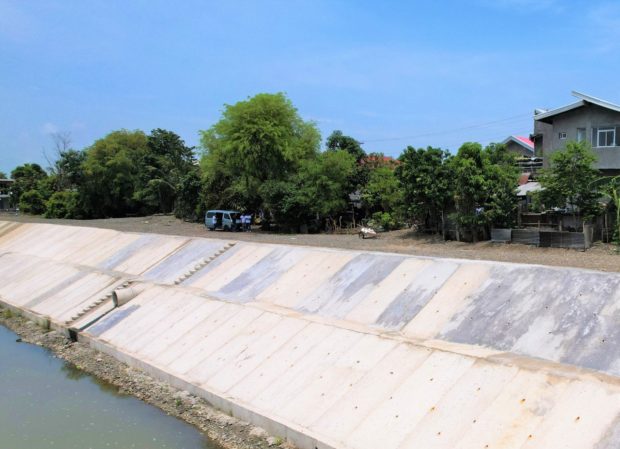World
China’s Great Green Wall Spurs Environmental Gains Amid Controversy in Inner Mongolia
Juancho Mabini
05 Nov, 2025

China’s ambitious “Great Green Wall” campaign has significantly altered the landscape of Inner Mongolia by transforming desert regions through extensive tree planting, drought-resistant crops, and renewable energy installations as part of a multi-decade effort to curb desertification. While the project has been credited with greening over 90 million hectares and generating thousands of local jobs, it has also led to profound challenges for indigenous Mongolian herders whose traditional grazing practices have been curtailed.
The initiative began as a response to desert expansion fueled by overgrazing, farming, mining, and climate change in northern China. Over time, the objectives evolved beyond containment to include creating arable land and enhancing ecological diversity through vegetation and solar array installations.
President Xi Jinping recently underscored the importance of expanding forest cover to advance China’s climate objectives, with the Kubuqi Desert in Inner Mongolia serving as a prominent example. A 2015 United Nations assessment highlighted that planting vegetation equivalent in area to 840,000 football fields in this region has contributed to poverty alleviation and economic opportunities.
However, ethnic Mongolian communities, who constitute 17 percent of the autonomous region’s population, have faced significant disruption. Dorj, a local herder, now confines a drastically reduced flock to a small fenced area near his home due to strict restrictions on free grazing. Activists assert that these measures have forcibly displaced herders and dismantled sustainable land stewardship traditions that balanced the grasslands for millennia.
Enghebatu Togochog, a Mongolian activist based in the United States, stated that traditional nomadic herding effectively vanished a decade ago as a result of the program’s enforcement. Restrictions, backed by patrols, have incited protests and arrests among herding communities, indicating deep tensions surrounding the campaign’s social impact.
Some Chinese researchers have acknowledged that grazing may have been overemphasized as a cause of desertification, pointing to other persistent factors like mining and intensive agriculture. Experts caution against planting non-native or water-intensive species, as they could harm water tables and ultimately degrade ecosystems further. Wang Shuai, professor of geography at Beijing Normal University, emphasized the ecological value of deserts themselves and advised that efforts should focus on preventing their spread rather than eliminating them.
Official slogans featuring President Xi’s message, “Clear waters and green mountains are as valuable as gold and silver mountains,” adorn the reforested landscapes. Plans for the project include planting an additional 70 million hectares, an area comparable to continental France, by 2050. The surrounding regions now boast an increase in income for farmers and herders, according to UN reports.
In Dengkou county near the greened zones, farmer Bai Lei has capitalized on the environmental changes by cultivating Cistanche, a parasitic plant prized in traditional Chinese medicine known for its desert-fighting properties. Her business is one among many thriving in the area, which also sees growth in desert tourism.
Another local entrepreneur, Feng, praised the grazing ban for improving pasture availability and economic prosperity, noting that regulated grazing resumes once vegetation matures sufficiently.
Balancing economic development and environmental restoration with respect for indigenous cultures remains an ongoing challenge as China continues to advance its Great Green Wall ambitions.
Recommended For You

Bataan Police Detain Top Drug Suspect and Two Other Fugitives in Province-wide Operation
Nov 05, 2025
Ligaya Almeda

Peaceful Anti-Corruption Protest Held in Cebu City with No Reported Unrest
Nov 05, 2025
Amado Panganiban

Independent Commission Condemns Alleged Document Tampering by DPWH in Flood Control Probe
Nov 05, 2025
Isagani Llorente

DPWH Accused of Tampering with Documents in Flood Control Project Investigation
Nov 05, 2025
Teofilo Abad
